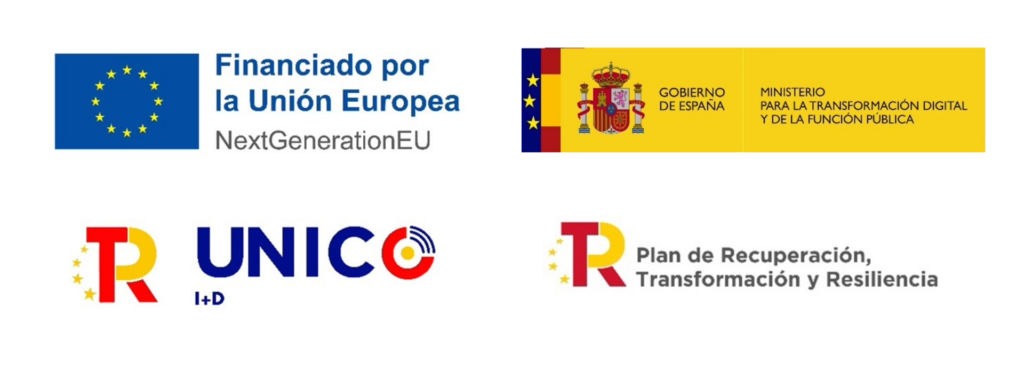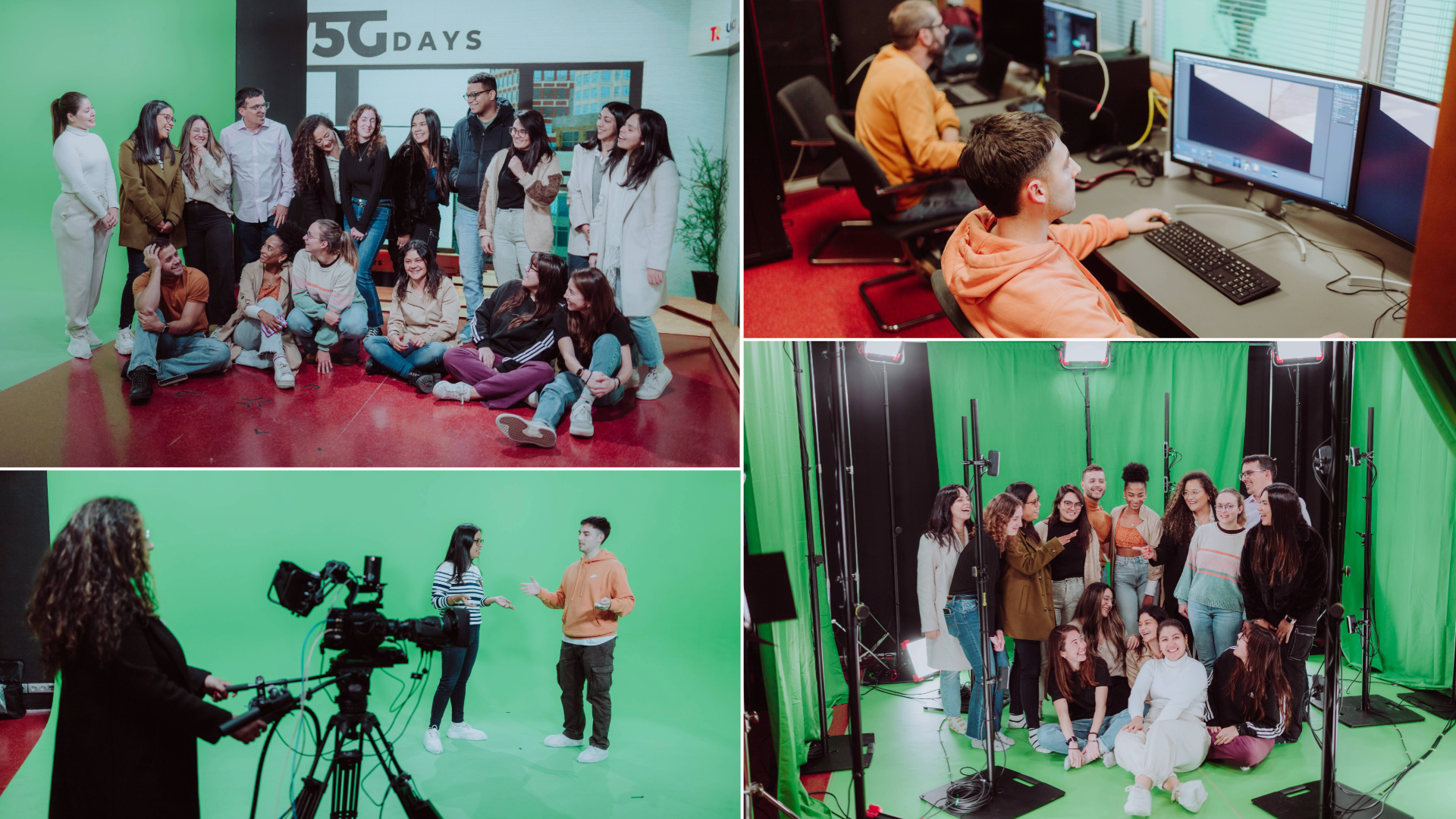Professors and students from UPV experience different demonstrations of telepresence, holography, and sensory response to haptic stimuli
Approximately 100 students and professors from UPV have visited the facilities of the Institute of Telecommunications and Mobile Applications (iTEAM) to learn about the research activities taking place in the new Laboratory of Immersive Communications. During these visits, students have had the opportunity to interact with various demonstrations, actively participating in the creation of real-time digital avatars, long-distance communications through Extended Reality (XR), remote 5G-controlled robot driving, and the measurement of sensory responses to visual, auditory, and haptic stimuli.
“The visit to the iTEAM laboratories has been a discovery for all of us; we were excited about the projects being carried out. A world of possibilities for increasingly immersive communications and gaming experiences,” stated Miguel Ángel, one of the students, during the laboratory visits.
The students attending the sessions come from three different programs: Bachelor’s in Digital and Multimedia Technology, Master’s in Social Media and Corporate Communication, and Master’s in Technologies, Systems, and Communication Networks—programs at UPV where Professor and Deputy Director of Research at iTEAM, David Gómez-Barquero, teaches. He is also responsible for the new space.
This initiative aims to familiarize students with the emerging immersive technologies gradually integrating into our lives, offering new possibilities for communication in an increasingly digitized world.
“Although the laboratory was primarily conceived for researching the future transmission of holographic and telepresence communications, we also want to open it up so that students who wish to can conduct their internships, bachelor’s, and master’s theses here,” expressed David Gómez-Barquero during the students’ visits.
The launch of this laboratory is part of the projects ‘Advancing-5G-Immersive’ and ‘Advancing-5G-Digital Twins’ under the UNICO I+D 5G plan, funded by the Ministry for Digital Transformation and Public Function of Spain with NextGenEU funds from the European Commission.


